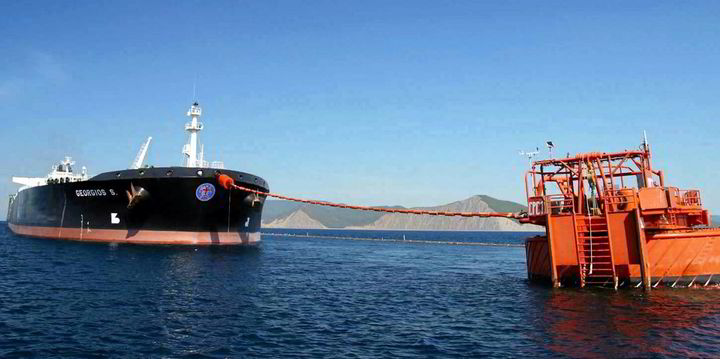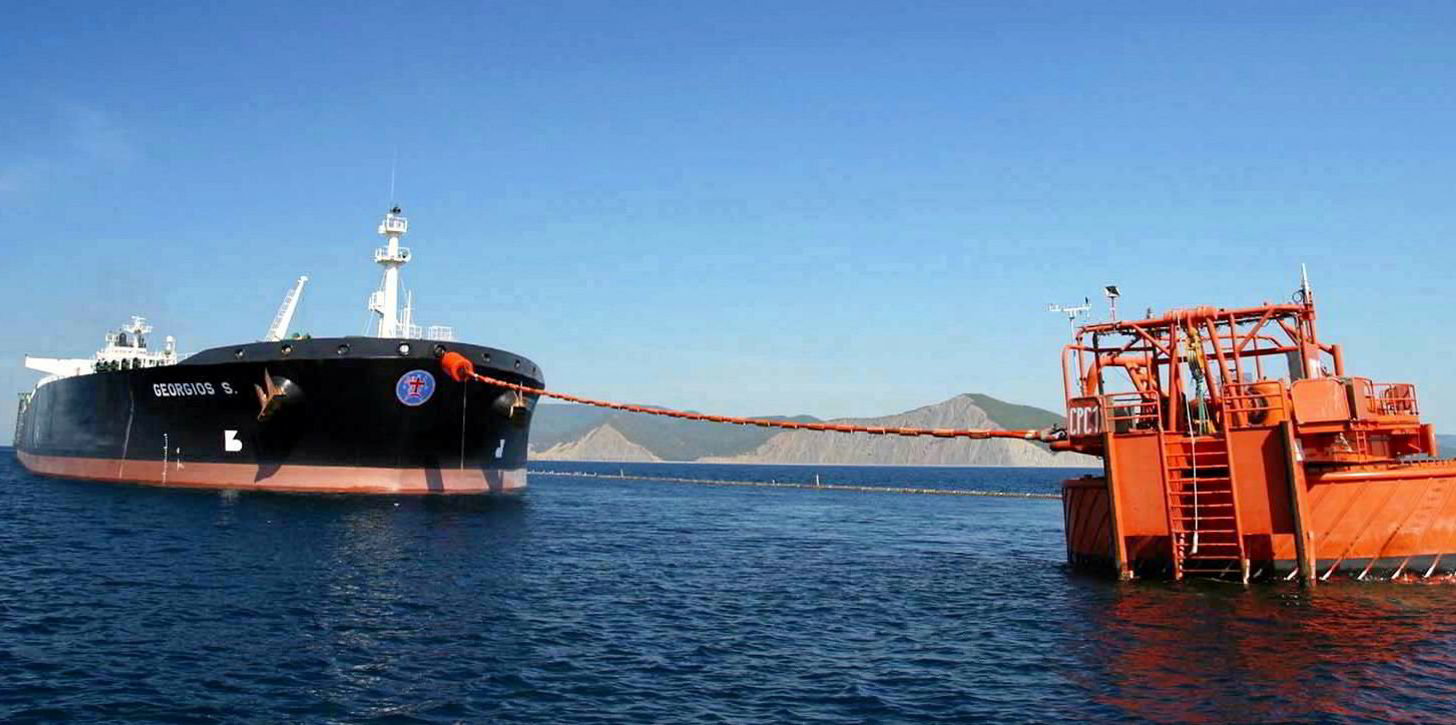The loading of Kazakh crude for export has resumed at the Caspian Pipeline Consortium-operated marine terminal near the Russian Black Sea port of Novorossiysk.
The consortium operates a strategic pipeline that transits Russia en route to the terminal from Kazakhstan’s Atyrau region and when fully operational exports more than 80% of Kazakhstan’s total oil exports and is capable of supplying more than 1% of global oil consumption
It also acts as the major export route for Kazakhstan’s three giant foreign-led oil developments — Tengiz, Kashagan and Karachaganak — which led to it gaining an exemption from Western sanctions imposed on Russia following the invasion of Ukraine last year.
Caspian Pipeline Consortium said in a statement on Friday that the 72-hour planned stoppage was instrumental in completing some of remaining assignments under its capacity expansion plan, the CPC Debottlenecking Programme.
A major breakthrough under the programme was achieved last year when the consortium revealed that the system is technically ready to increase its total throughput to almost 1.7 million barrels per day in 2023.
However, the network last year carried 3% less oil than in 2021, with about 1.1 million bpd arriving from Kazakhstan and another 130,000 bpd from Russian producers.
Article continues below the advert
The reduced volumes last year were caused by safety and legal issues, and interrupted operations on the Russian segment of the pipeline network.
Decline reversal
Caspian Pipeline hopes to reverse the decline this year and anticipates a 12% increase in total oil exports to about 1.32 million bpd, which is still below the current available capacity, company’s executives said on the sidelines of an industry event in the Kazakh capital of Astana this month.
However, earlier in April, Kazakhstan also signed an Opec+ commitment to reduce oil output by 78,000 bpd from 1 May until the end of this year.
Company executives said that, in their view, Caspian Pipeline remains “one of the most optimal, economical and reliable routes for oil transportation from Kazakhstan” to global markets, despite the increased risks involved in transiting Russia and the need to replace Western subcontractors and suppliers that withdrew from the country and the project last year.
The increased risks in transiting Russia have prompted Kazakhstan to urgently seek alternative export routes, with Azerbaijan President Ilham Aliyev reportedly proposing during his visit to Astana last week a cross-Caspian shipping deal to Kazakhstan to secure oil exports of about 105,000 bpd via the Baku-Supsa pipeline.
The Baku–Supsa pipeline, which terminates on Georgia’s Black Sea coast, halted operations in early 2022 as volume suppliers preferred the alternative Baku-Tbilisi-Ceyhan (BTC) pipeline.
The BTC route enables Azeri oil operators — recently joined by Kazakh producers — to send output to a marine export terminal on the Turkish Mediterranean coast, bypassing the often crowded Bosporus Straits.
Debottlenecking benefits
Caspian Pipeline’s capacity expansion programme is set to complete in 2025, according to the consortium’s technical director Igor Lisin.
The remaining work involves building additional storage reservoirs at the pipeline’s entry point near the Tengiz oilfield, decommissioning unwanted legacy units and facilities, and then fine-tuning an upgraded central control and management system.
The operator added that the stoppage also enabled it to make progress on the commissioning of three new transfer units at its terminal near Novorossiysk.
These units will be used to sample and measure incoming oil for transfer from the terminal to the three offshore tanker loading buoys.
When the units come online later this year, the operator will be capable of using three buoys for tanker loadings simultaneously to help it respond to any higher increased demand.
At present, the terminal permits the use of two out of the three offshore units to concurrently load oil into tankers, with one buoy usually kept idle, Caspian Pipeline said.

